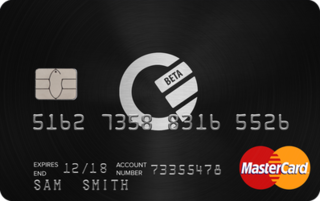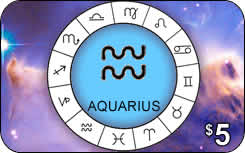 W
WPayment cards are part of a payment system issued by financial institutions, such as a bank, to a customer that enables its owner to access the funds in the customer's designated bank accounts, or through a credit account and make payments by electronic funds transfer and access automated teller machines (ATMs). Such cards are known by a variety of names including bank cards, ATM cards, MAC, client cards, key cards or cash cards.
 W
WA charge card is a card that enables the cardholder to make purchases which are paid for by the card issuer. The cardholder is obligated to repay the debt to the card issuer in full by the due date, usually on a monthly basis, or be subject to late fees and restrictions on further card use. Charge cards are typically issued without spending limits, but credit cards usually have a specified credit limit that the cardholder may not exceed. Most charge cards are business and corporate charge cards, not personal charge cards. Charge cards are issued to customers with good or excellent credit score.
 W
WEMV is a payment method based upon a technical standard for smart payment cards and for payment terminals and automated teller machines which can accept them. EMV originally stood for "Europay, Mastercard, and Visa", the three companies which created the standard.
 W
WThe Chip Authentication Program (CAP) is a MasterCard initiative and technical specification for using EMV banking smartcards for authenticating users and transactions in online and telephone banking. It was also adopted by Visa as Dynamic Passcode Authentication (DPA). The CAP specification defines a handheld device with a smartcard slot, a numeric keypad, and a display capable of displaying at least 12 characters. Banking customers who have been issued a CAP reader by their bank can insert their Chip and PIN (EMV) card into the CAP reader in order to participate in one of several supported authentication protocols. CAP is a form of two-factor authentication as both a smartcard and a valid PIN must be present for a transaction to succeed. Banks hope that the system will reduce the risk of unsuspecting customers entering their details into fraudulent websites after reading so-called phishing emails.
 W
WContactless payment systems are credit cards and debit cards, key fobs, smart cards, or other devices, including smartphones and other mobile devices, that use radio-frequency identification (RFID) or near field communication for making secure payments. The embedded integrated circuit chip and antenna enable consumers to wave their card, fob, or handheld device over a reader at the point of sale terminal. Contactless payments are made in close physical proximity, unlike other types of mobile payments which use broad-area cellular or WiFi networks and do not involve close physical proximity.
 W
WCurve is a payment card that aggregates multiple payment cards through its accompanying mobile app, allowing a user to make payments and withdrawals from a single card. It lets you "switch the bank card you paid with after each transaction is complete."
 W
WThe Disney Dining Plan is a prepaid meal package that guests staying at Walt Disney World hotels can purchase in order to receive discounts up to 30% on food in the complex. It was first introduced in 2005 and has developed in complexity over time, such that there are now many different forms of the plan. The Disney Dining Plan allows guests to eat at park restaurants without needing to have cash on their persons. The plan does now include alcoholic beverages but not gratuities. More than 100 Walt Disney World restaurants accept the plan. The plan is particularly cost-effective for families who intend to eat many meals at sit-down restaurants or character dining restaurants. However, in order to get the most value when using the plan, families must be mindful when using their Dining Plan Credits otherwise they may risk actually spending more than if they ordered the same food but paid out of pocket.
 W
WA fuel card or fleet card is used as a payment card most commonly for gasoline, diesel, and other fuels at gas stations. Fleet cards can also be used to pay for vehicle maintenance and expenses at the discretion of the fleet owner or manager. Most fuel cards are charge cards.
 W
WA stored-value card (SVC) is a payment card with a monetary value stored on the card itself, not in an external account maintained by a financial institution. This means no network access is required by the payment collection terminals as funds can be withdrawn and deposited straight from the card. Like cash, payment cards can be used anonymously as the person holding the card can use the funds. They are an electronic development of token coins and are typically used in low-value payment systems or where network access is difficult or expensive to implement, such as parking machines, public transport systems, closed payment systems in locations such as ships or within companies.
 W
WA telephone card, calling card or phonecard for short, is a credit card-size plastic or paper card, used to pay for telephone services. It is not necessary to have the physical card except with a stored-value system; knowledge of the access telephone number to dial and the PIN is sufficient. Standard cards which can be purchased and used without any sort of account facility give a fixed amount of credit and are discarded when used up; rechargeable cards can be topped up, or collect payment in arrears. The system for payment and the way in which the card is used to place a telephone call vary from card to card.
 W
W W
W